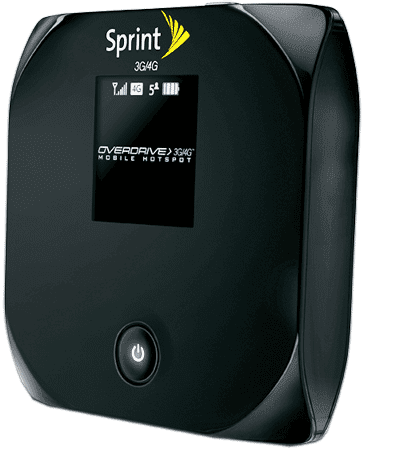
Select the PC keyboard from the dropdown menu at the top and swap the Option (⌥) and Command (⌘) keys. Go to your System Preferences and select the Keyboard. The tools are already available in macOS. OSXDaily has a nice page on remapping the keys. macOS: Remapping modifier keysīy far the easiest way to swap the behaviour of these two keys is already built into the operating system. In a follow-up post I will describe my personal setup. In this post I will write about the tools and native ways I encountered to customize my keyboard. I could have sticked to the simplest option and just change the modifier keys within macOS but I already played with remapping my Capslock (⇪) key to Escape (⎋) and read about the possibilities of using the Capslock (⇪) key as a “Hyper” key.
#USB OVERDRIVE KEY SOFTWARE#
Looking at the possibilities of remapping the keys in software there are different ways with different options. At least the “Alt” key has some similarity with the “Option/Alt” (⌥) key. The Magicforce 68 is a mechanical keyboard with replaceable keycaps, swapping the physical keys was easy. Without remapping the Windows key acts as a Mac Option/Alt (⌥) key and the PC Alt key acts as a Mac Command (⌘) key. When muscle memory kicks-in it results in unexpected behaviour.

Functionally everything is there but at the wrong place on the keyboard. Same for the Option (⌥) key on an Apple keyboard and the Alt key on PC keyboards, both send the same USB scancode. The Window (❖)- and Command (⌘) key both send the same USB scancode.

Disadvantage, it has a PC layout and a combined Escape, grave accent and tilde key. A nice compact keyboard with proper arrow-keys. Recently I bought a mechanical keyboard, the Qisan Magicforce 68.


 0 kommentar(er)
0 kommentar(er)
